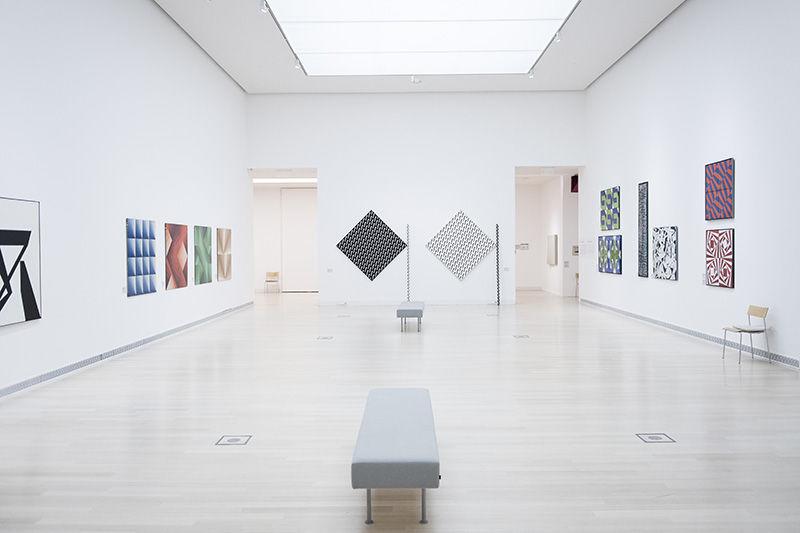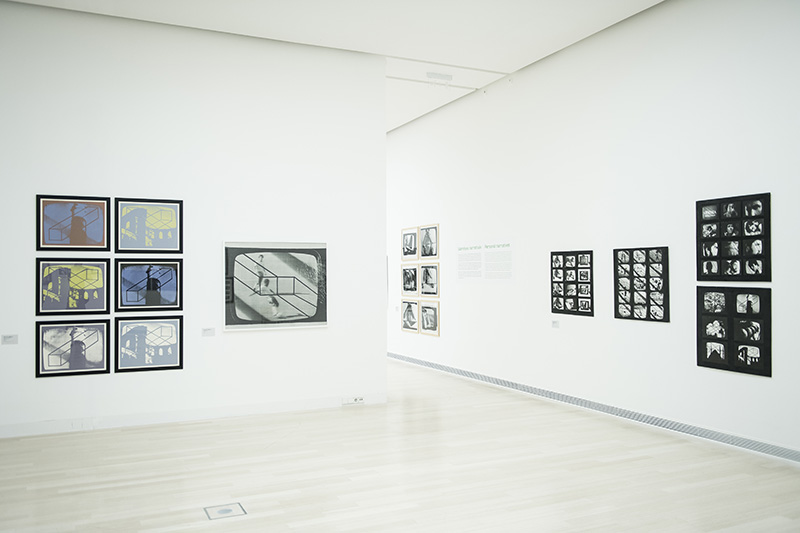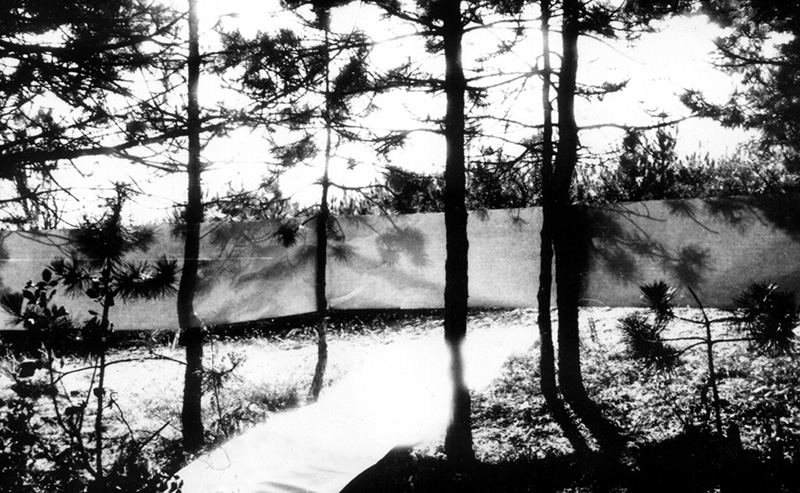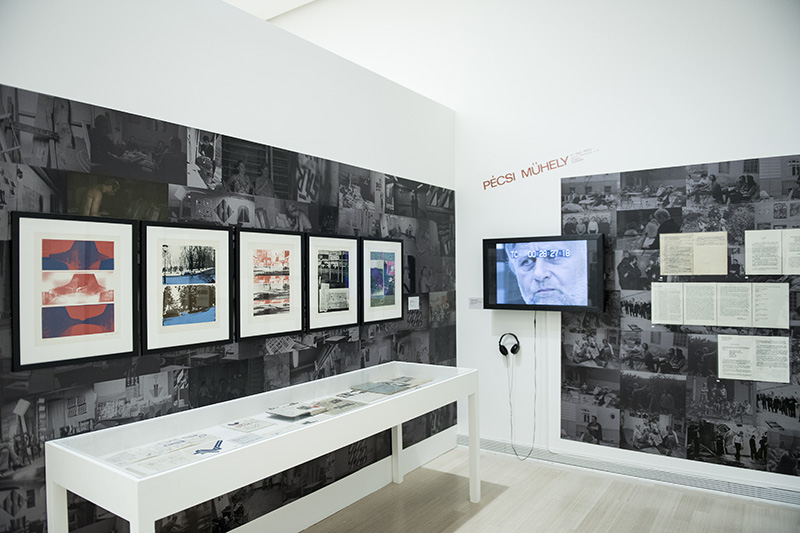ART-PRESENTATION: Parallel Avant-Garde Pécs Workshop 1968-80
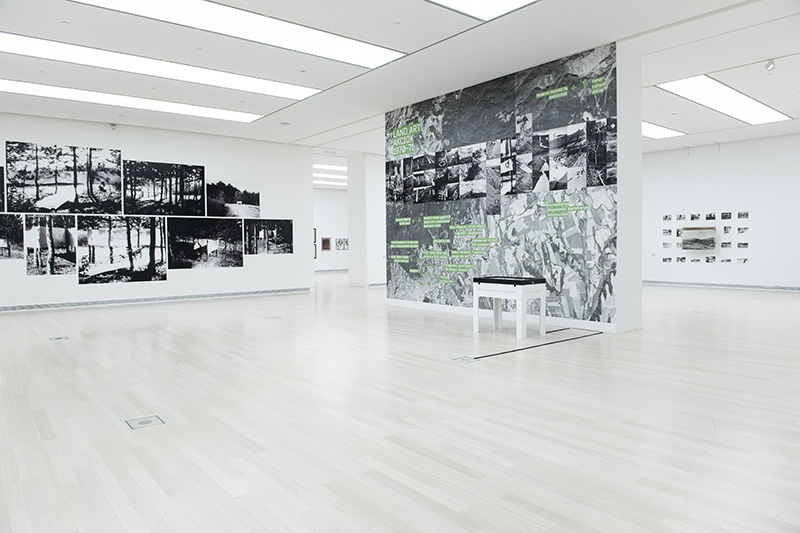 A main characteristic of Hungarian Neo-Avant-Garde is that it primarily unfolded in the cultural scene of rural cities in the ’60s and ’70s, and while keeping close contact with artists based in Budapest, the contemporary artistic scene was enriched with new ideas. The exhibition “Parallel Avant-garde-The Pécs Workshop 1968-1980” intends to present the activity and highlight the importance of a Neo-Avant-Garde Group that operated on the blind spot of the Hungarian arts scene.
A main characteristic of Hungarian Neo-Avant-Garde is that it primarily unfolded in the cultural scene of rural cities in the ’60s and ’70s, and while keeping close contact with artists based in Budapest, the contemporary artistic scene was enriched with new ideas. The exhibition “Parallel Avant-garde-The Pécs Workshop 1968-1980” intends to present the activity and highlight the importance of a Neo-Avant-Garde Group that operated on the blind spot of the Hungarian arts scene.
By Dimitris Lempesis
Photo: Ludwig Museum Archive
Towards the end of the ‘60s, five members of a loosely organized group of several artists gradually seceded and continued working together in the ‘70s as a smaller group named Pécs Workshop. Even when taking individual artistic paths, they continued creating art in the shared mentality of the workshop. The five artists of the Pécs Workshop were: Ferenc Ficzek, Károly Halász, Károly Kismányoky, Sándor Pinczehelyi and Kálmán Szijártó. The official cultural scene was centred in the Budapest, one of the unique characteristics of the Hungarian Neo-Avant-Garde was that it could appear in predominantly rural towns and locations. Meanwhile, keeping closely in touch with artists in Budapest, they contributed to the contemporary scene with such local artistic approaches that operated as almost parallel worlds within the framework of the Avant-Garde. The early period of the workshop (1968-70) was characterized by the intention of reviving Neo-Constructivist Art, as well as consciously following the Bauhaus school’s conception of art. In this period they made a number of experiments with material, form and color, working in different genres and techniques, deliberately pushing boundaries. By the early seventies, their art exhibited a stronger influence of conceptual art and they began finding their individual voice and set out on the path to becoming autonomous. They were among the first in Hungarian as well as Central and Eastern European Art scene to carry out landscape experiments in nature and occasionally in urban environments. Throughout 1970-71 their artistic landscape interventions and marks amounted to nearly 20 Land Art actions (most of them by Károly Kismányoky and Kálmán Szíjártó), which were accompanied by notes and photographic or film documentation. These landscape experiments were unprecedented in Hungarian art history both in terms of their early occurrence and their analytical approach and content. Further emblematic pieces conceived in the period include Sándor Pinczehelyi’s pictures operating with political symbols like: “Hammer and Sickle” (1973), “Cobblestone” (1974) and “Star” (1972), the photo actions and performances by Károly Halász using disembowelled televisions in works like “Private Broadcast”, (1970-71) and “Pseudo Video” (1975) or the “Shelves Museum” (1972), a miniature museum for home use, lining up miniature copies of the most well-known works of contemporary art. Of similar significance are Ferenc Ficzek’s experiments with photography or the animations made at beginning of the ‘80s.
Info: Curators Attila T. Doboviczki and József Készman, Assistant Curator: Petra Csizek, Exhibition Design: Tímea Andorka, Ludwig Museum–Museum of Contemporary Art, Müpa Budapest, Komor Marcell u. 1, Budapest, Duration: 14/4-25/6/17, Days & Hours: Tue-Sun 10:00-20:00, www.ludwigmuseum.hu

